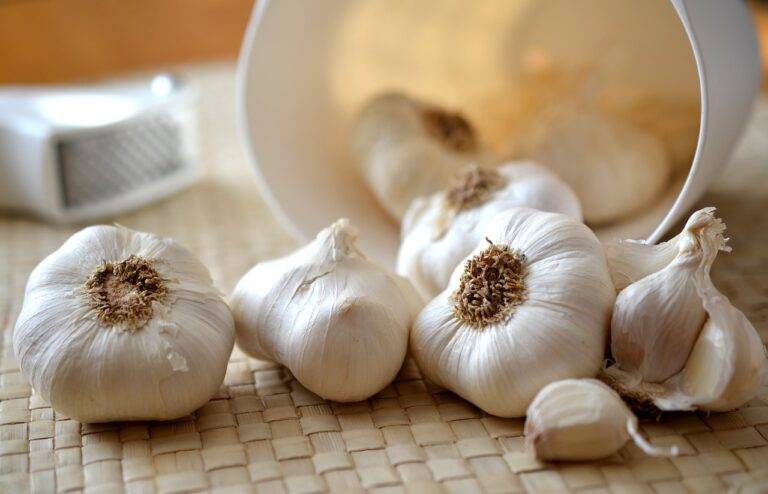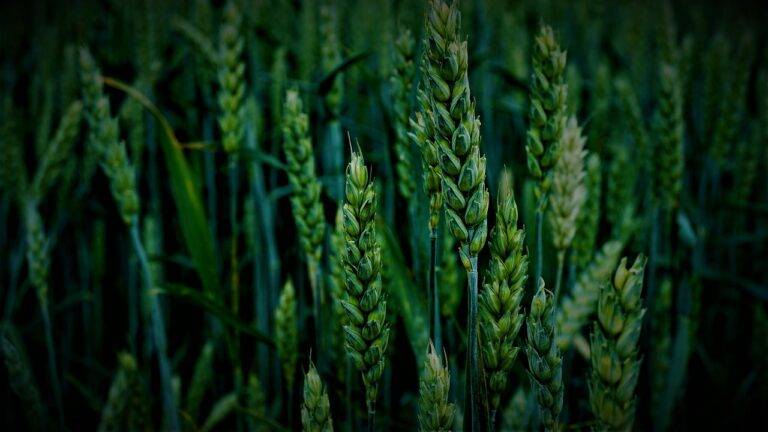Analyzing the Role of Food Packaging in Sustainability
Sustainable packaging in the food industry has become increasingly critical in recent years. As consumers become more environmentally conscious, there is a growing demand for eco-friendly packaging options that reduce waste and minimize harm to the planet.
Opting for sustainable packaging not only benefits the environment but also presents a positive image for food companies. By showcasing their commitment to sustainability, businesses can appeal to a wider consumer base and build brand loyalty among those who prioritize eco-friendly practices.
The Environmental Impact of Traditional Food Packaging
Traditional food packaging has a significant environmental impact, contributing to the accumulation of non-biodegradable waste in landfills and oceans. Materials commonly used in packaging, such as plastic and Styrofoam, can take hundreds of years to decompose, posing a threat to ecosystems and wildlife.
Moreover, the production and disposal of traditional food packaging generate greenhouse gas emissions and contribute to climate change. The energy-intensive processes involved in manufacturing these materials contribute to air pollution and environmental degradation, further exacerbating the detrimental effects on the planet.
What is sustainable packaging and why is it important in the food industry?
Sustainable packaging refers to materials and methods used in packaging that have a reduced impact on the environment. It is important in the food industry to reduce waste, energy consumption, and greenhouse gas emissions.
What are some examples of traditional food packaging that have a negative environmental impact?
Some examples of traditional food packaging with negative environmental impacts include single-use plastic containers, Styrofoam packaging, and non-recyclable materials.
How does traditional food packaging contribute to pollution and waste?
Traditional food packaging contributes to pollution and waste through the use of non-biodegradable materials, excessive packaging, and inefficient recycling practices.
What are some alternatives to traditional food packaging that are more environmentally friendly?
Some alternatives to traditional food packaging that are more environmentally friendly include biodegradable packaging, compostable materials, and reusable containers.
How can consumers and businesses reduce the environmental impact of food packaging?
Consumers and businesses can reduce the environmental impact of food packaging by choosing products with minimal packaging, opting for reusable containers, and supporting companies that use sustainable packaging practices.





